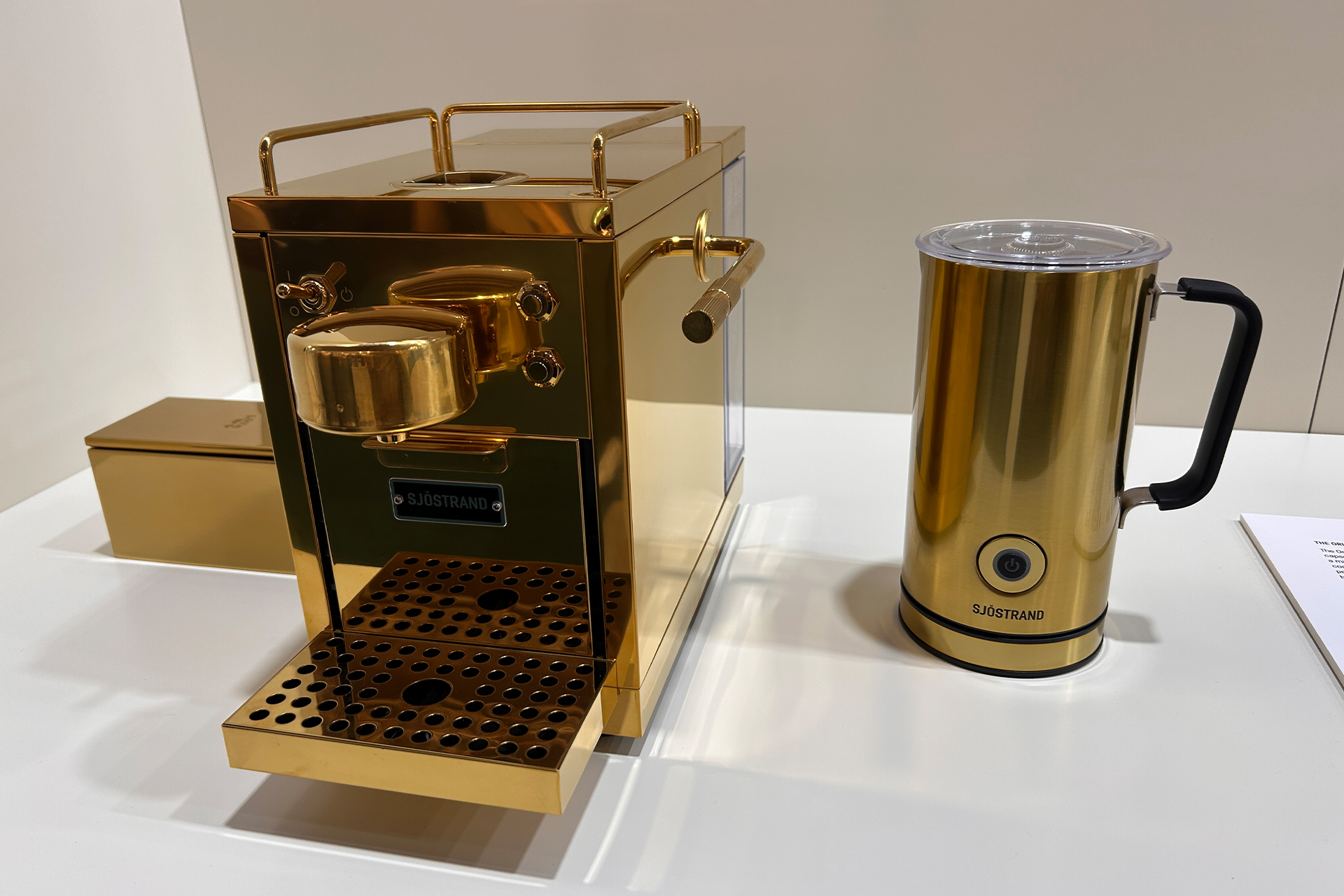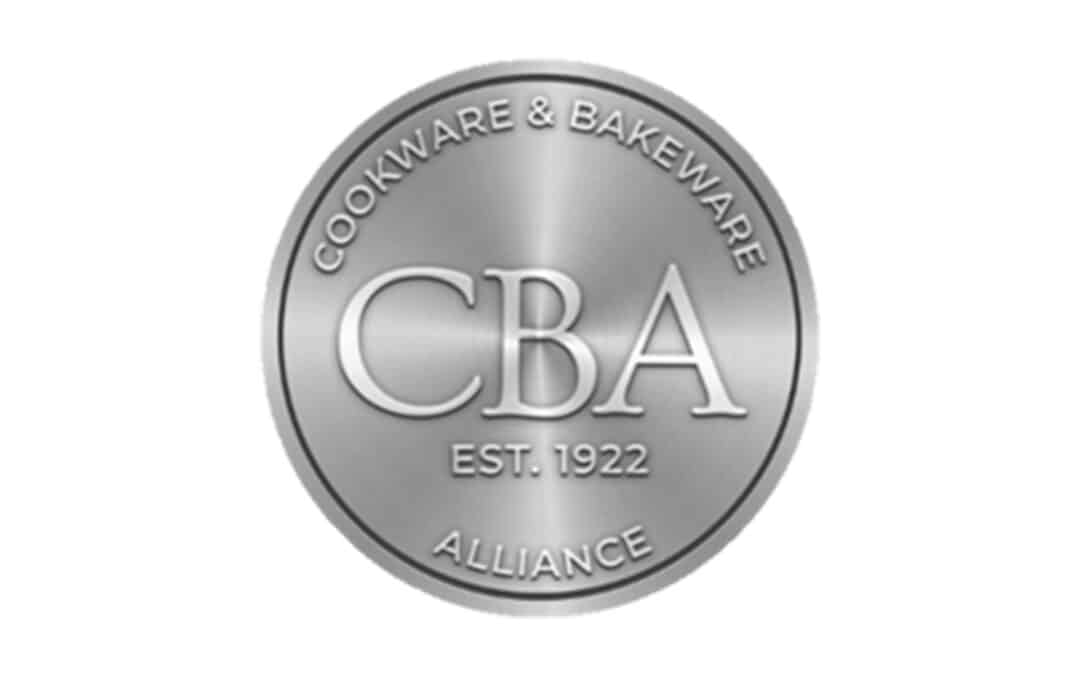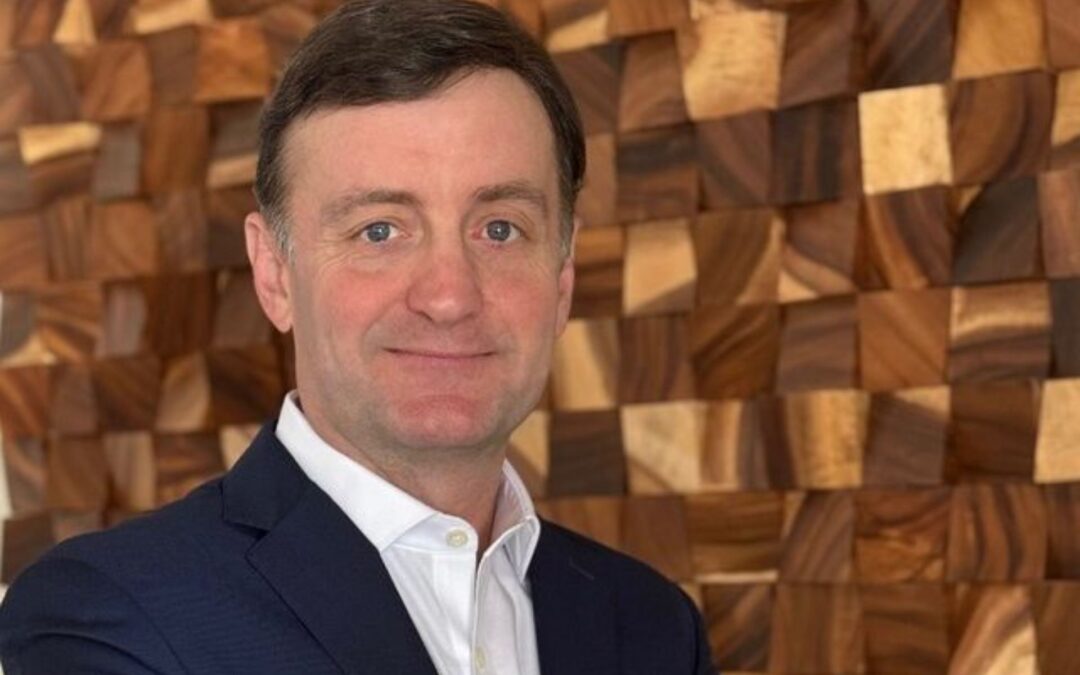In early 2024, the Springboard Futures team first noticed the emergence of an unusual stylistic gap between two of the three dominant housewares trade shows.
This triad of industry-leading markets, namely Maison & Objet in Paris, Ambiente in Frankfurt, and The Inspired Home Show in Chicago, share a heritage of delivering market experiences that are at once purposefully differentiated and stylistically complementary. For this reason, it seems important to note what has become, just one year later, a distinct disparity between the focus of Maison & Objet in Paris last month and Ambiente in Frankfurt last week.
Last month, Maison & Objet delivered compelling evidence on the importance of Surrealist influence as an emerging trend. Surrealism was presented as therapeutic relief for consumers in need of distraction and abstraction. Maison quickly advanced its position that Surrealism can provide imaginative escape, expression, and enjoyment — crucial needs in the face of challenging social and economic realities. Surrealism encourages the participant to reimagine style and life by embracing the unique, unconventional, and unexplored. This ethos was realized at Maison through products and themes rich in color and dimensionality and bold with unique and surprising elements. In truth, some products were so expressive in form that function seemed a secondary consideration.
In marked contrast, functionality was foremost on show floors in Frankfurt. This is not to diminish the impact of stylistic influences presented at this directional market; nevertheless, Ambiente took a strong, if unintentional, position favoring Minimalist principles of value. The result was an unmistakable emphasis on functional and material product attributes such as performance, durability, and sustainability. This focus seemed to sit well with buyers since all three qualities have become essential to consumer purchase decisions relating to home and housewares.
Minimalism
But the Ambiente Minimalist modus delivered much more than just a focus on function. It created an ideal atmosphere for the expansion of a contemporary design perspective we are calling Post-Minimalism. This design ethos merges material simplicity and reductive, often geometric forms of Minimalism with the Modernist emphasis on innovation and experimentation.
| Minimalist Style | Post-Minimalist Style | |
| Focus | Eliminating excess reveals the beauty of simplicity and functionality to create a sense of clarity and calm by reducing and restricting elements of color and ornamentation. | Functionality, practicality, and simplicity maintain a “less is more” ethos while promoting the more expressive use of color and material to soften the edge of earlier Minimalism. |
| Form |
|
|
| Function |
|
|
| Color |
|
|
| Material |
|
|
A working example is the Post-Minimal use of color, often more vivid and dynamic than Minimalism’s typically neutral palettes. Post Minimalism’s expressive hues infuse the simplicity of minimal forms with a more energetic and creative perspective. Another instance is the Post-Minimal use of mixed materials solely for creative effect. For example, the addition of decorative wood elements to cookware and kitchen utensils, where fewer materials would suffice.
Post-Minimalism
Looking back at our opening concern, these two perspectives, Surrealist exploration versus Post Minimalist functionality, seem in stark opposition. In truth, their stylistic differences mask two crucial strategic goals that they share. First, they are both acting on their commitment to provide consumers with new means of creative exploration and expression, thus enhancing both individual and social experiences. Second, the continued mission to elevate mere functional products to objects of design and desire that deliver experience and value that transcend definable function and feature.
Considering its volume and velocity, Springboard forecasts that Post-Minimalism will dominate Home and Housewares products through mid-2026. Speeding its ascent, the Post-Minimal style complements existing Modern, Minimal and even MidMod environments. This will hasten the adoption of this trend by both retailers and consumers.





